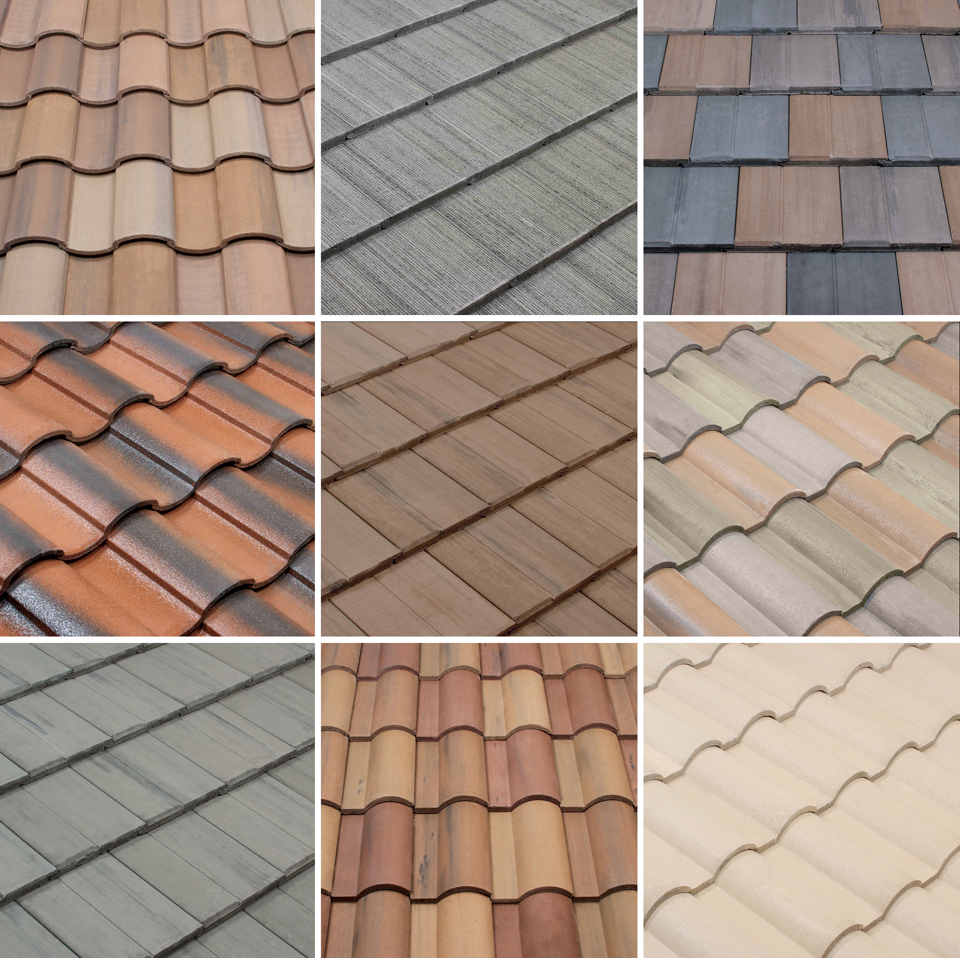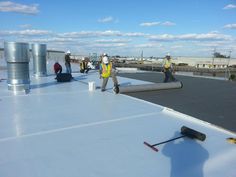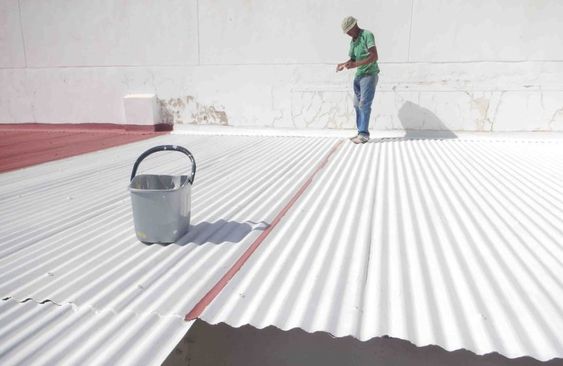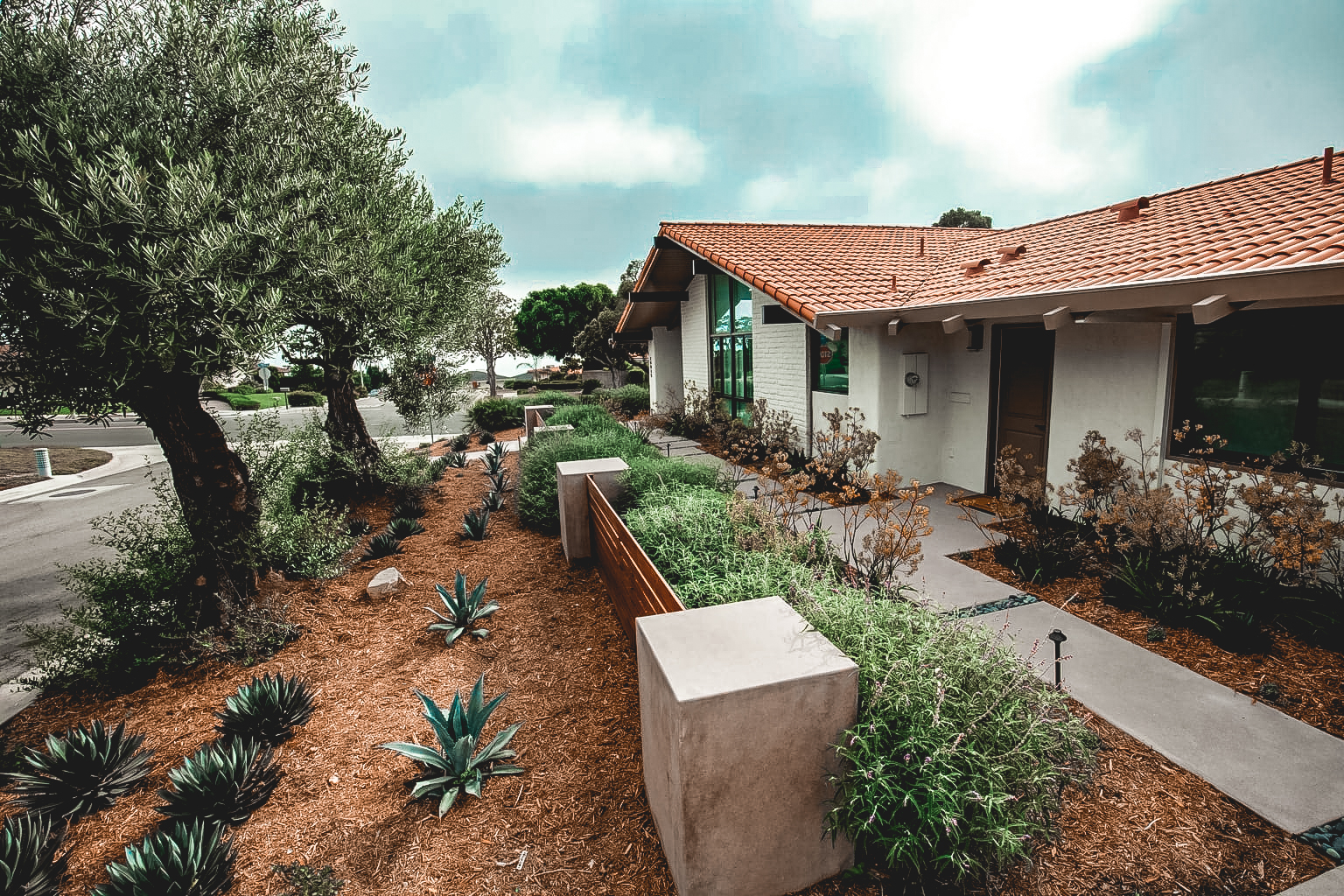Installing a cool roofing system requires careful planning and attention to detail. In this article, we’ll provide you with essential information about cool roofing installation to ensure a successful and effective implementation of your energy-efficient roofing solution.
1. Consultation and assessment
Before beginning the installation process, consult with roofing professionals who specialize in cool roofing. They will assess your roof’s condition, evaluate your energy efficiency goals, and recommend the most suitable cool roofing materials for your specific needs and climate.
2. Material selection
Selecting the right cool roofing material is crucial for achieving optimal energy efficiency. Consider factors such as solar reflectance, thermal emittance, durability, and maintenance requirements.
Choose materials that are compatible with your existing roof structure and ensure they meet relevant industry standards and certifications.
3. Roof preparation
Proper preparation of the roof surface is essential for a successful installation. Ensure the roof is clean, free from debris, and in good condition. Repair any existing damage and address any underlying issues before proceeding with the installation.
This may involve repairing leaks, replacing damaged roofing components, or improving insulation.
4. Insulation and ventilation
Insulation and ventilation play a critical role in maximizing the energy efficiency of your cool roofing system. Proper insulation helps prevent heat transfer between the roof and the interior of the building.
Adequate ventilation helps dissipate excess heat and maintain a balanced temperature within the roof space. Ensure that your insulation and ventilation systems are in good condition and meet industry standards.
5. Roof coatings and membranes
If you’re applying a cool roof coating or membrane, ensure that the surface is clean, dry, and free of any contaminants. Follow the manufacturer’s instructions for proper application techniques, including priming if required. Apply the coatings or membranes evenly and allow sufficient drying or curing time as specified.
6. Professional installation
While some cool roofing materials can be installed as a do-it-yourself project, it’s often advisable to hire professional roofers experienced in cool roofing installation. They have the expertise and tools necessary to ensure proper installation, minimize the risk of errors, and maximize the energy efficiency and durability of your cool roofing system.
7. Maintenance and inspections
After installation, regular maintenance and inspections are essential to prolong the lifespan and effectiveness of your cool roof. Schedule routine inspections to identify and address any issues promptly.
Clean the roof surface as needed to maintain its reflectivity and prevent debris buildup.
8. Safety precautions
Safety should be a top priority during cool roofing installation. Ensure that installers follow proper safety protocols, including the use of personal protective equipment and fall protection measures. If you’re attempting a DIY installation, take necessary safety precautions and consider consulting with professionals if you’re not experienced with roofing projects.
By following these guidelines and working with qualified professionals, you can ensure a smooth and successful cool roofing installation. A well-installed cool roof can provide energy efficiency, reduce cooling costs, and contribute to a more comfortable and sustainable living or working environment. Regular maintenance and inspections will help maximize the lifespan and performance of your cool roofing system.
If you liked this article, you might also want to check out, Cool Roofing Maintenance Tips.









